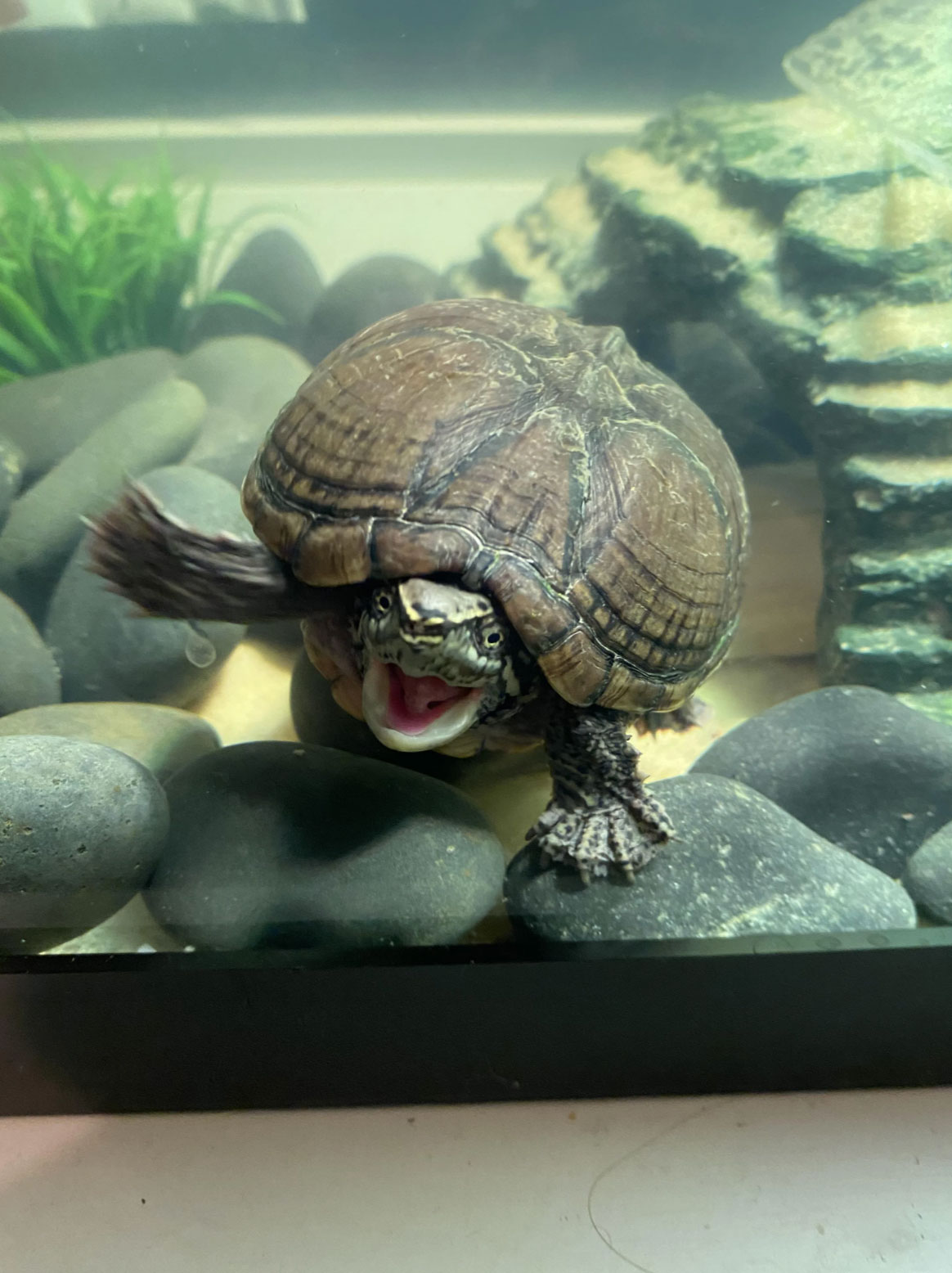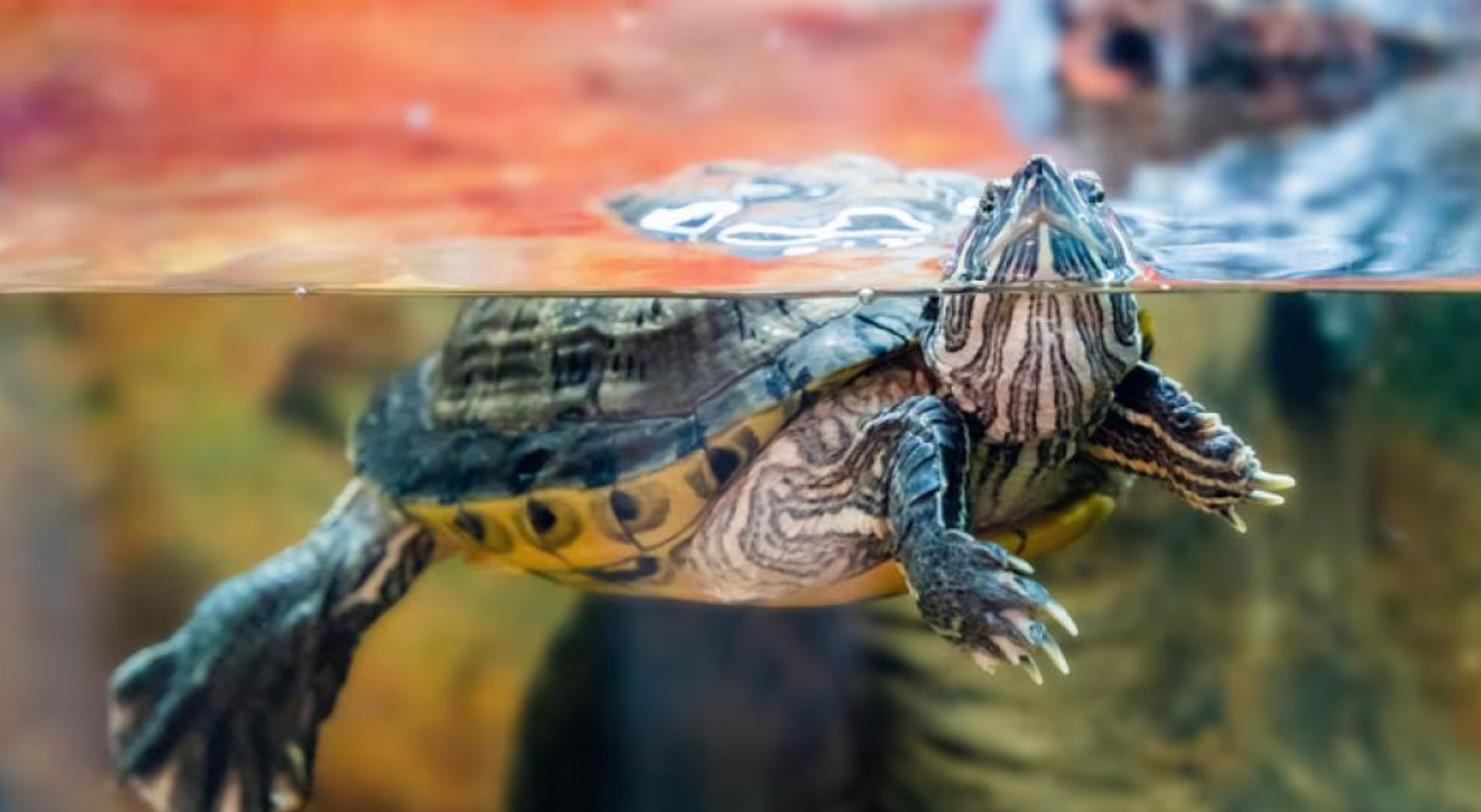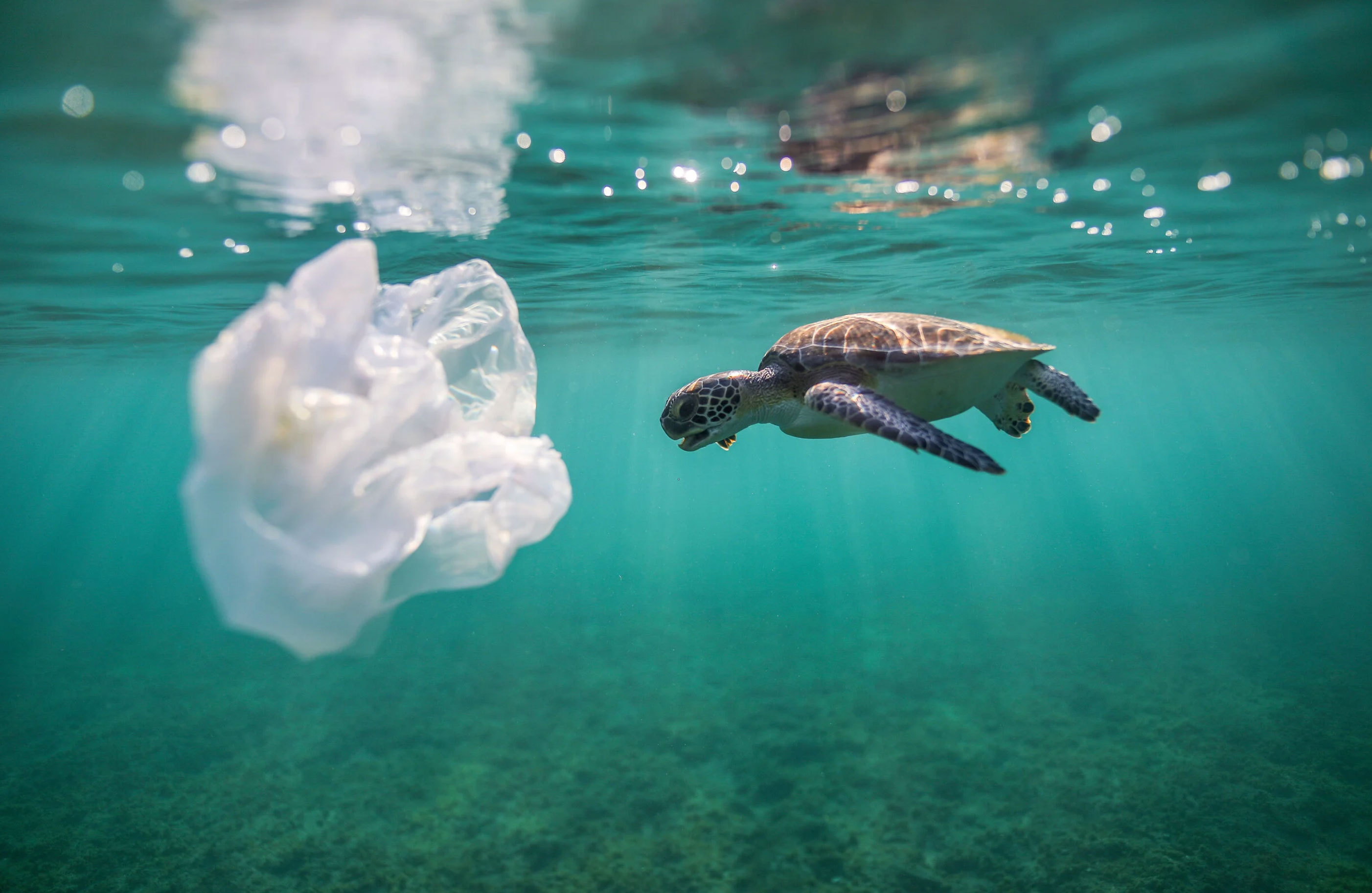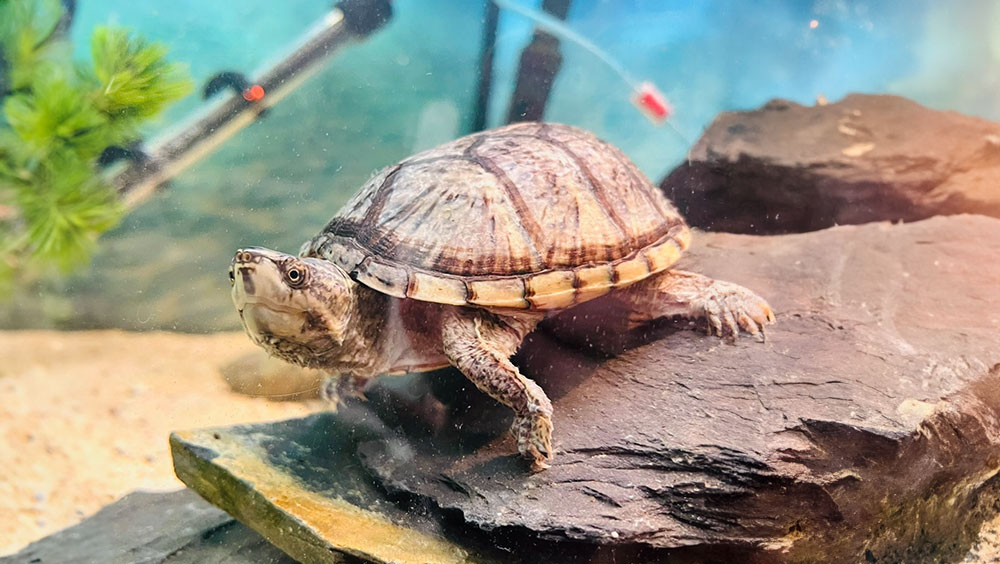Turtles are aquatic creatures that spend a significant amount of time in water, leading many to assume they are immune to drowning. However, despite their aquatic nature, turtles are not fish and do not have gills. Instead, they rely on lungs to breathe air, much like humans. This raises an important question for pet owners and wildlife enthusiasts alike: Can turtles drown? In this article, we explore the circumstances under which a turtle can drown, signs to watch for, and how to prevent such tragedies.
Understanding How Turtles Breathe

Turtles are reptiles, which means they breathe air through lungs rather than gills. Both land and aquatic turtles need to come up to the surface to inhale oxygen. While they can hold their breath for extended periods—sometimes up to several hours depending on the species and their activity level—they eventually need to resurface. Therefore, the answer to the question 'Can turtles drown?' is yes. If a turtle becomes trapped underwater or is too weak to reach the surface, it can indeed drown.
How Long Can Turtles Stay Underwater?

Depending on the species, turtles can remain submerged anywhere from a few minutes to several hours. For instance, a red-eared slider can stay underwater for around 30 minutes under normal conditions, while other species may hold their breath longer when inactive or sleeping. However, breath-holding does not equate to immunity from drowning. If conditions do not allow the turtle to access air in time, drowning becomes a real risk.
Common Causes of Turtle Drowning

Turtle drownings often happen when turtles become trapped or disoriented. In captivity, this can occur due to tank decorations, poor water filtration systems, or barriers that prevent them from reaching the surface. Baby turtles are especially vulnerable because they have less stamina. Additionally, illness or fatigue can diminish a turtle’s ability to swim, increasing the risk of drowning. Overcrowded tanks or improper handling can also contribute to stressful environments and accidents.
Recognizing the Signs of Drowning in Turtles

A drowned turtle may float motionlessly, appear lifeless, or exhibit signs of respiratory distress such as gasping or mucus discharge from the nose or mouth. However, turtles can sometimes appear dead but still be alive. A phenomenon known as 'apparent death' or 'tonic immobility' means that cautious observation is necessary. If you suspect drowning, it's critical to act fast, getting the turtle out of the water and seeking urgent veterinary support.
How to Prevent Turtle Drowning in Captivity

Prevention is key when it comes to turtle care. Ensure the tank setup has easy access to dry basking areas. The water level should complement the species’ natural habitat, and a gentle ramp or platform should be present to allow effortless surfacing. Avoid deep or accident-prone decorations that turtles can get caught in, and always research the specific needs of your turtle species before designing a habitat. Regular monitoring can detect early signs of stress or exhaustion.
The Role of Hibernation and Cold Temperatures

Hibernation, or brumation, is a biological process that some turtle species undergo during colder months. During this time, their metabolism slows significantly, allowing them to remain underwater without surfacing for extended periods. However, incorrect temperature regulation in tanks can confuse turtles’ natural rhythms and pose health risks. While hibernating turtles can stay submerged longer than usual, they can still drown if conditions deviate from what their bodies require to survive the cold.
Do Sea Turtles Drown Too?

Sea turtles, like their freshwater counterparts, need to surface to breathe. Even though they can stay underwater for hours—especially while resting—they are still at risk of drowning. Entanglement in fishing nets, pollution, or being struck by boats are some causes of death due to asphyxiation. Many conservation efforts are aimed at protecting sea turtles from these hazards by using turtle-friendly nets and raising awareness about ocean pollution.
First Aid for a Turtle That Just Drowned

If you find a turtle that has possibly drowned, remove it from the water immediately. Gently tilt the turtle to allow water to drain from its lungs and mouth. Some experts recommend gently pumping its front legs in and out to simulate breathing. Lay the turtle on a towel in a quiet, warm area and contact a reptile veterinarian as soon as possible. While not all turtles can be revived, quick and calm actions can make a life-saving difference.
So, can turtles drown? Yes, they absolutely can. Despite their aquatic lifestyle, turtles need air to breathe and can drown if they remain underwater for too long without access to the surface. Understanding how turtles breathe, recognizing the signs of distress, and setting up a safe environment—all play crucial roles in prevention. Whether you’re a pet owner or a wildlife enthusiast, knowledge is your best tool for protecting these remarkable reptiles. Stay informed and always prioritize safety in and around water.


